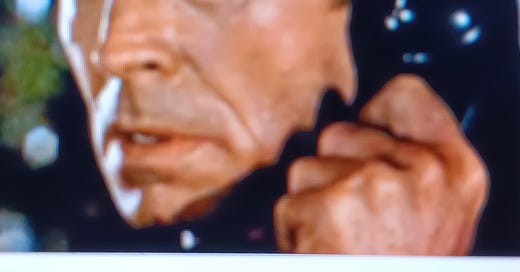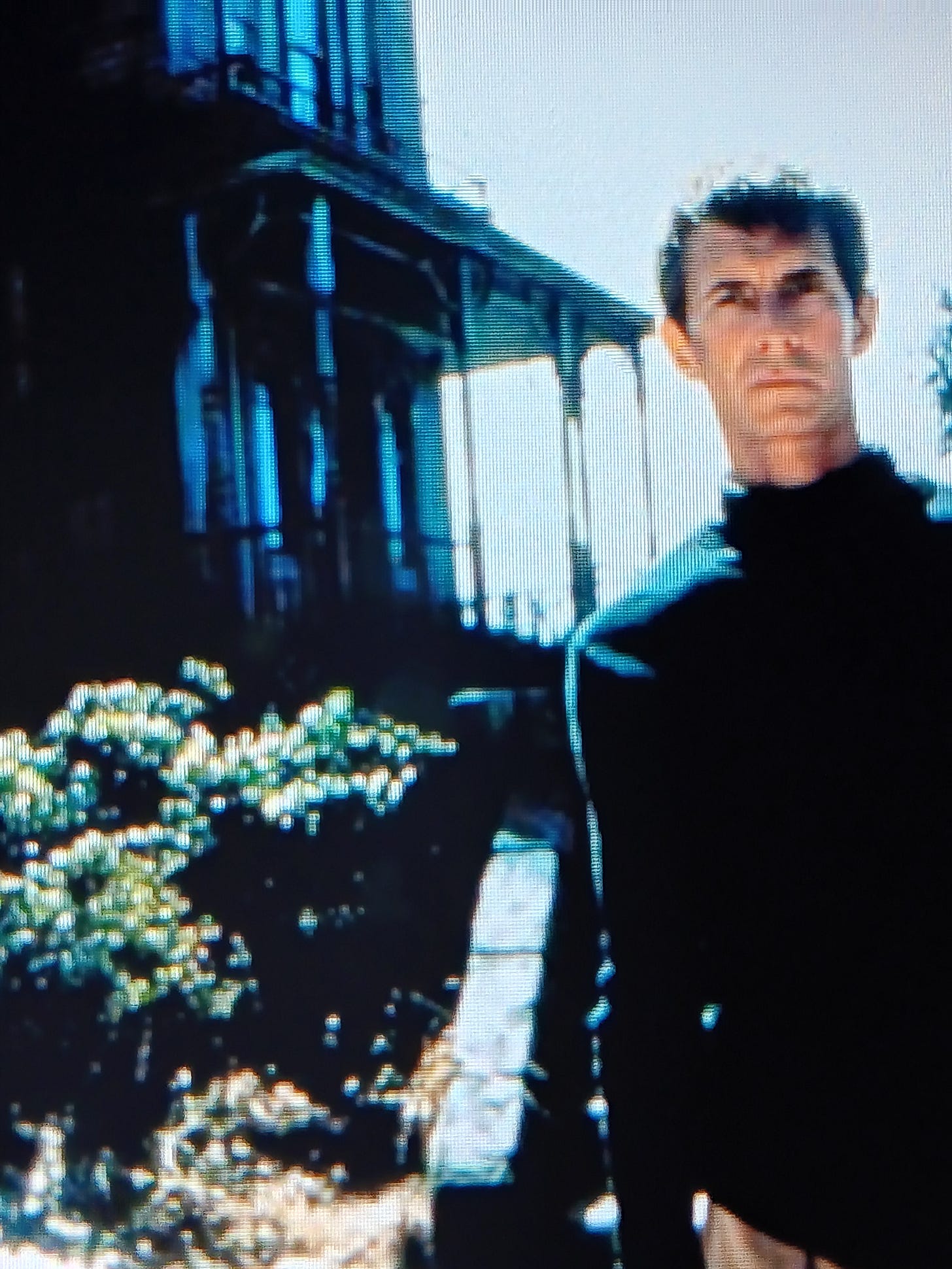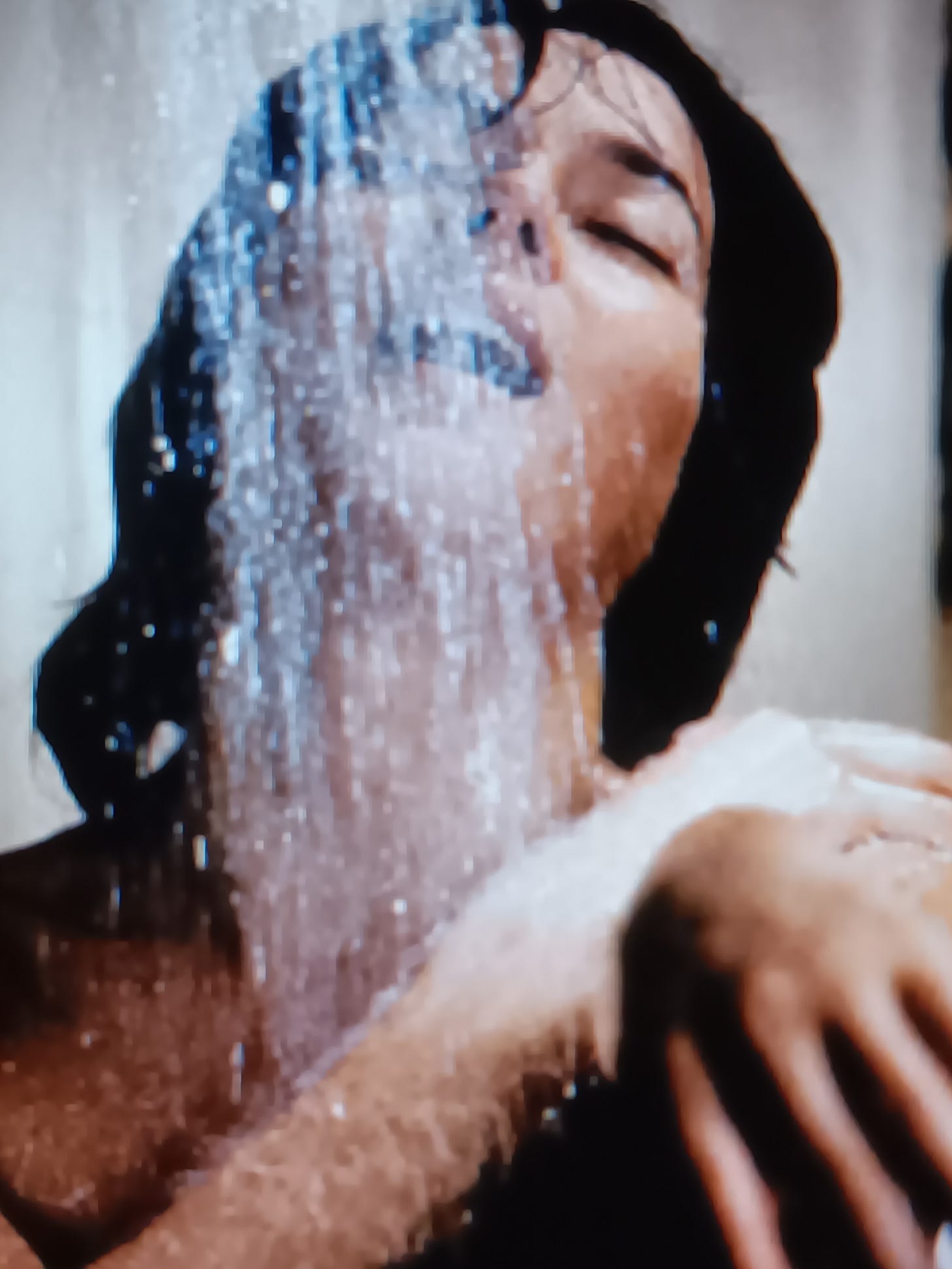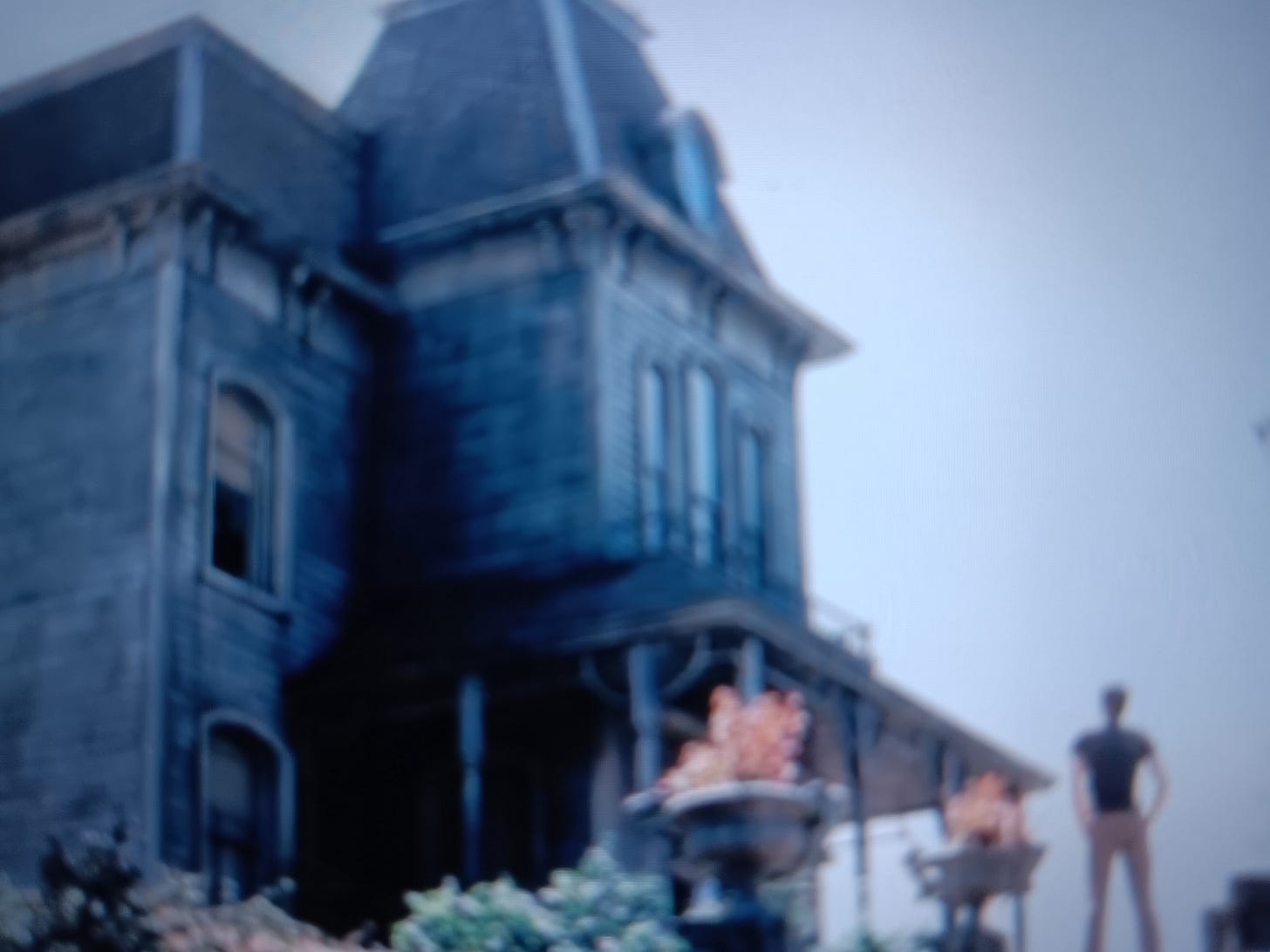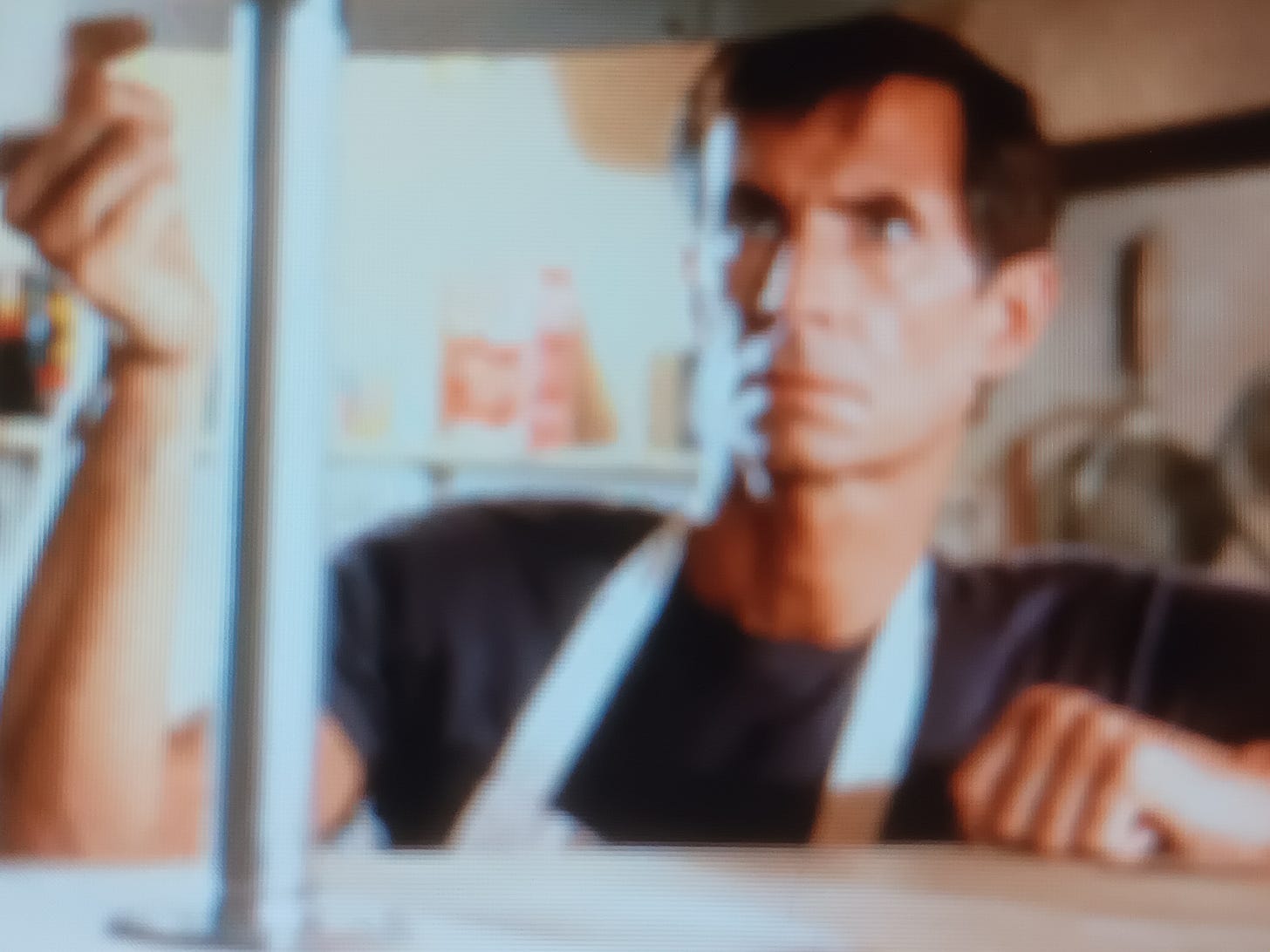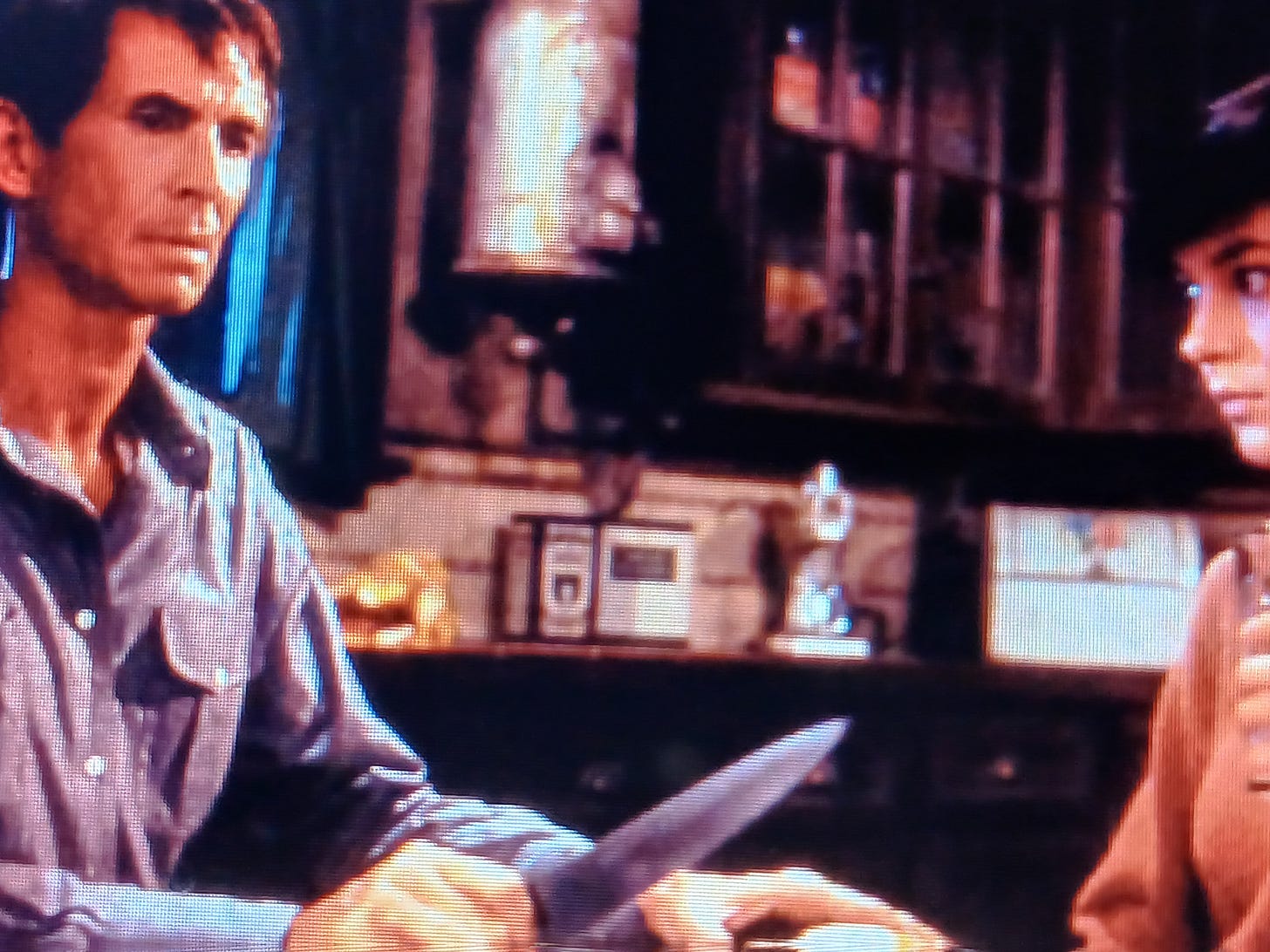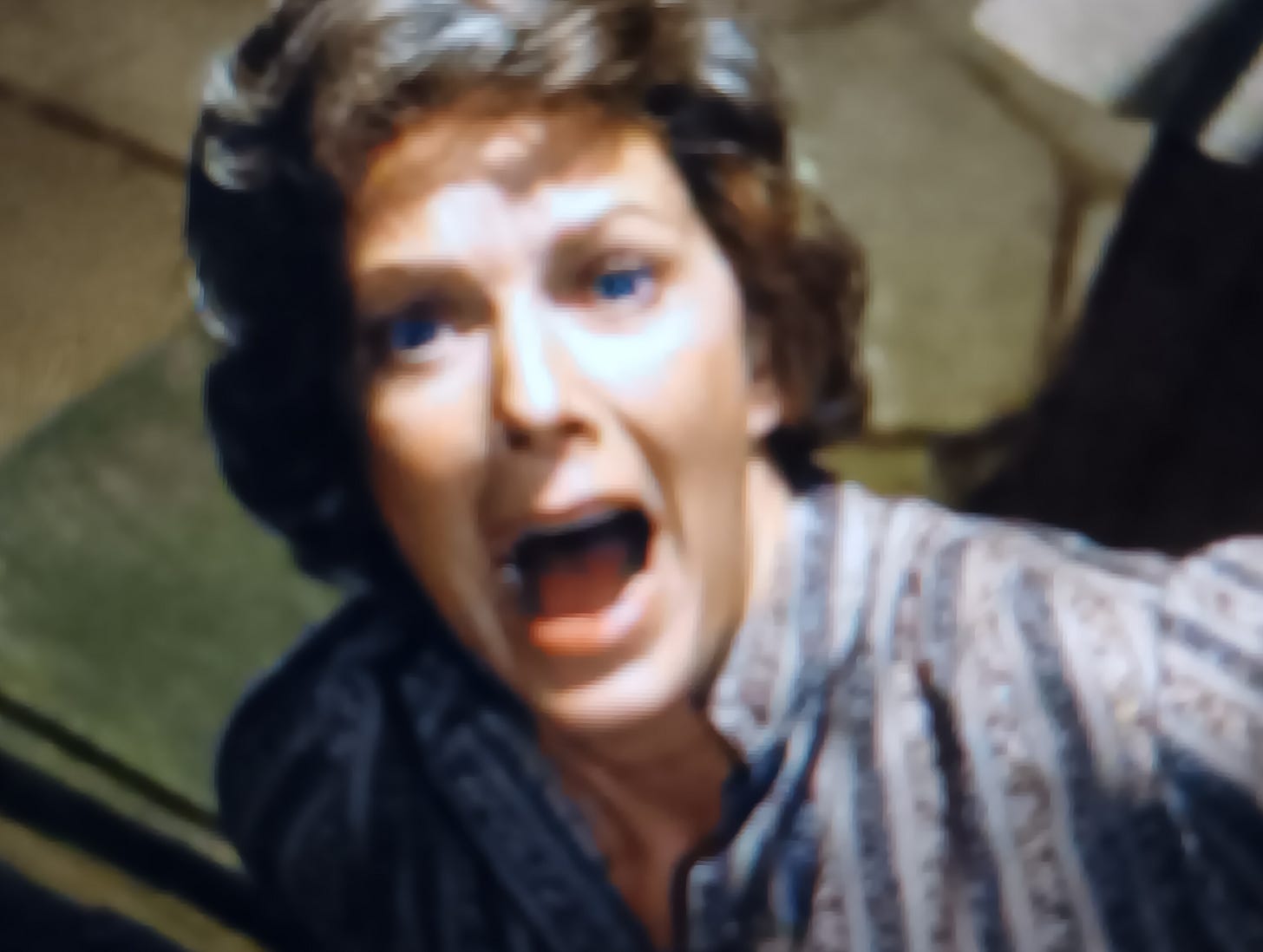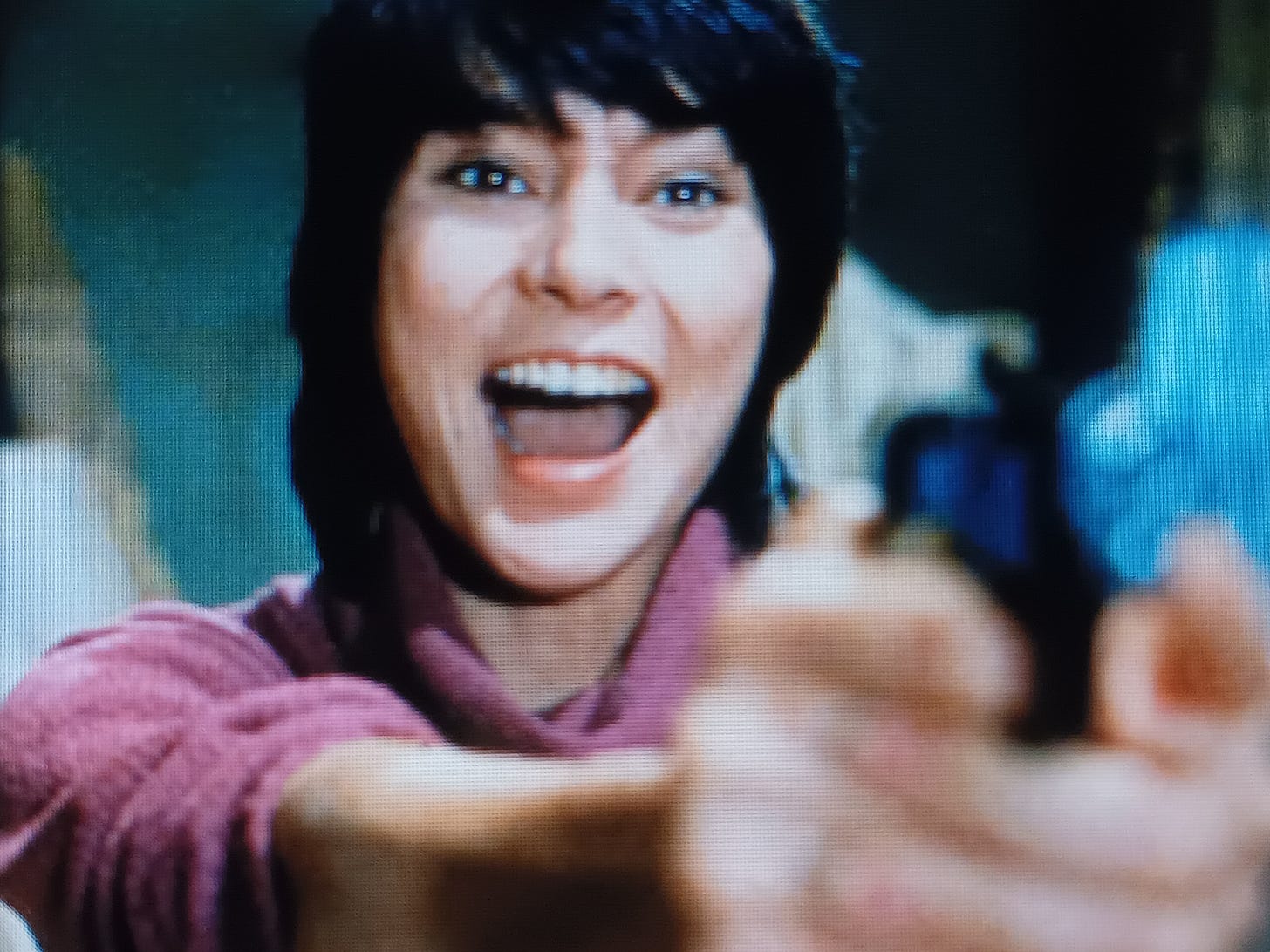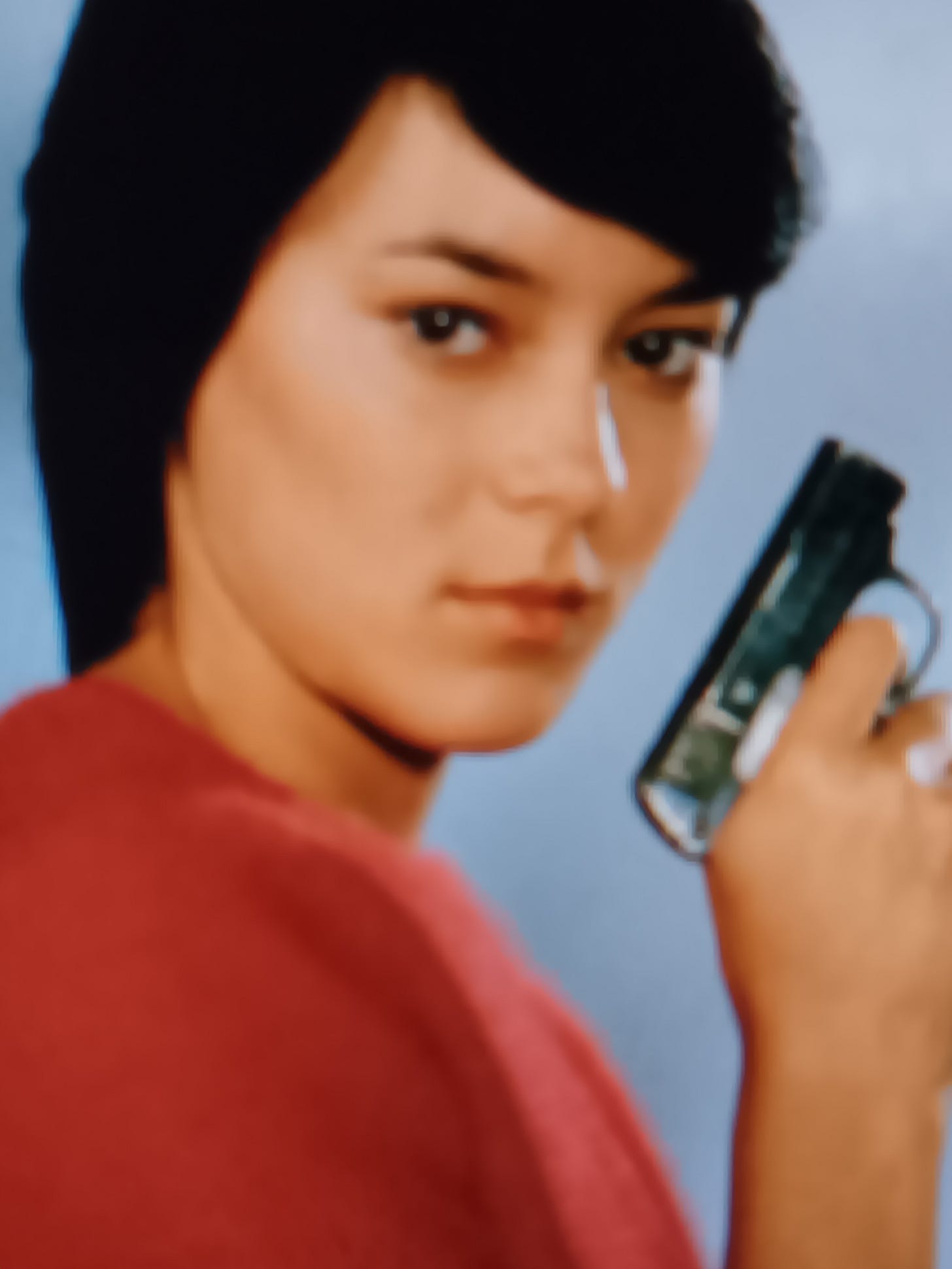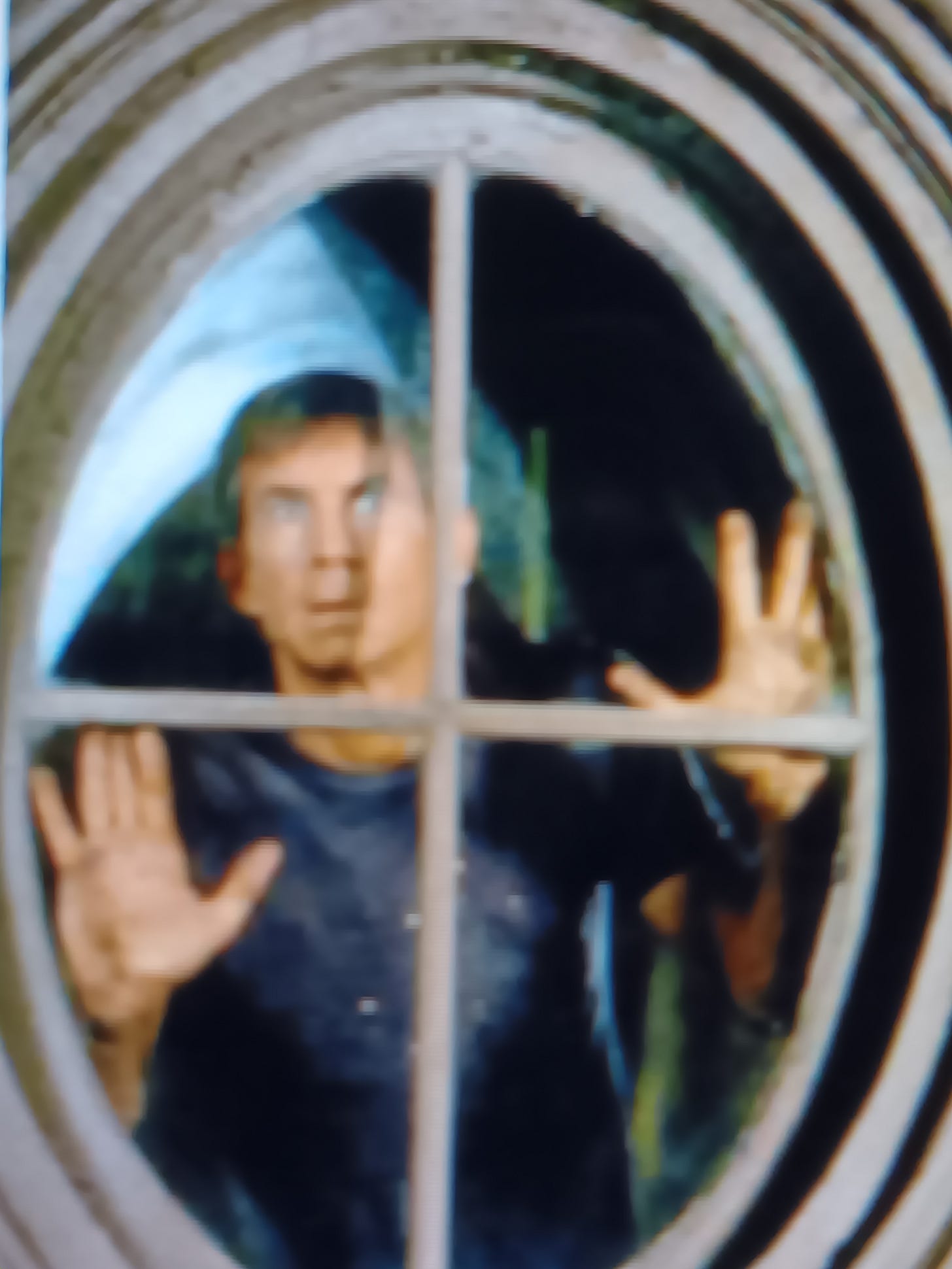For many people, home is where the heart is. For Norman Bates however, home is where the horror is and as Psycho II, the 1983 sequel to Alfred Hitchock's classic 60's horror film makes uncomfortably clear, there can be no healing in Norman Bates’ old house.
An accomplished, well-crafted and effectively acted horror film, Psycho II is that rare movie: A real sequel every bit as good as the original.
That last sentence may surprise and offend a lot of film buffs who consider Hitchcock's Psycho an untouchable, pristine masterpiece that shouldn't have been sullied by sequels.
Psycho II though may still- over 30 years later-surprise those with cinematic confirmation bias about the original movie.
Directed by Australian filmmaker Richard Franklin, who as a USC Film School student met and became friends with Alfred Hitchcock many years prior and written by actor turned writer/director Tom Holland, Psycho II gives us a story not contingent on the past but rooted in the present of its protagonist Nornan Bates.
As the film begins, Norman Bates (Anthony Perkins) is in a courtroom alongside his psychiatrist Dr Raymond (Robert Loggia) . A judge has ruled that Bates is perfectly suited to be discharged from the state mental hospital he has been a patient in for over 20 years as punishment for the slayings he committed so very long ago.
This enrages Lila Loomis (Vera Miles), the sister of Marion Crane ( played by Janet Leigh in the first film) who was killed by Bates many years prior. She protests-ultimately in futility - to the judge and then confronts Dr Raymond outside the courtroom . Loomis warns the doctor that Bates will kill again before angrily marching off.
And then Norman comes home.
Norman and his doctor arrive at the two story house still standing after so many years.
The family business, The Bates Motel, is also still around run by a manager named Toomey (Dennis Franz).
First things first though. Norman cautiously heads up the stairs and into his former home. Not much has changed- at least in terms of decor and furnishings- but that won't last for long.
Norman begins to acclimatize to life in the so-called real world by getting a job as a short order cook at a restaurant in town and strikes up the beginnings of a friendship with a waitress named Mary (Meg Tily).
Mary is apparently having personal issues at home with a boyfriend and Norman says she can stay at his house if she wishes.
Norman also is unhappy with the oily, repellent Toomey who is renting rooms to drug users and couples seeking an out of the way place for their quickies. Soon Norman fires Toomey and takes over the motel himself.
Soon things begin to go awry. Norman sees written notes popping up at home and even once at work,
Notes from his dead mother.
As if that wasn't bad enough, Norman is getting phone calls from his dead mother.
Now Norman's sanity is being threatened by this irrational phenomenon. Is this real or is someone playing a game with Norman Bates?
Psycho II requires a only a modicum of knowledge before viewing as surprises and twists occur so it is best not to describe the film further
The success of Psycho II rests on what I call the Sympathetic Antagonist type. Norman Bates was the nominal “villain” in the original Psycho but he was never a figure of bone-chilling malevolence but an ordinary geeky looking guy, an inoffensive looking young man.
In Psycho II, Norman is older, middle aged, weathered looking but he retains the sympathy of the audience here. Even more so because the story is about him, he is the Antagonist as Protagonist here.
It a wonderful shift and twist made by writer Tom Holland here and one of the two major structural reasons why the film works.
The other is Richard Franklin's first rate direction. Franklin's deft camera set ups and shot selections are quite excellent here. Take the camera panning down from the top of the Bates House to rest on two people sneaking into the basement.
Franklin though an admirer of Hitchcock never tries to copy and paste Hitch's past work here but shapes his own visual pallette and manipulations of plot and mood.
For in Psycho II, the Villain is the Victim. Norman is tormented by notes, phone calls and other occurrences seemingly designed to eradicate his newly found mental normalcy.
This rarely if ever happens in horror movies. Jason Vorhees, Freddy Kruger or Pinhead could never be treated with sympathy or compassion but Norman Bates can.
This is a testament to Anthony Perkins great performance in Psycho II. Perkins treats the audience to a more acclimated, slightly ( not much) easier going Norman Bates.
Perkins invests Norman with trepidation, uncertainty and fear once things go off kilter in the Bates house. Norman now seems powerless. He is no longer the master of his own fate.
Vera Miles turns in a better than expected performance as Lila Loomis. This might have been a one note character sketch but Miles anger is rooted in a degree of rationality even if her actions later in the picture go badly off the rails. Miles brings a degree of plausihility to Lila.
Meg Tily does fine work as Mary. Basically, it's what I call a poker performance because the actress can't show her cards until it's time to lay them down. That's precisely what Tily does here with the role of Mary. We don't know if she is another victim or a victimizer.
Dennis Franz holds his own as the greasy, slimy Toomey largely stealing the scenes he is in . Robert Loggia turns in a nice measured performance as Dr Raymond.
Made on a budget of less than $10 million, Psycho II managed to hold its own in the summer of 1983 when other sequels like Return of The Jedi dominated the box office. Psycho II made a decent profit after opening strong in its first week.
Despite its initial success and enormous hype prior to release, Psycho II is largely forgotten still eclipsed by the first and prior film.
Psycho remains the classic slasher film prototype while Psycho II-an excellent movie in its own right- is relegated to a footnote at best and asterisk at worst.
Psycho II needs to be seen and reevaluated as film that from its beginning to its unexpected ending grabs the audience and never lets it go.
Albert Lanier is a former film reviewer

